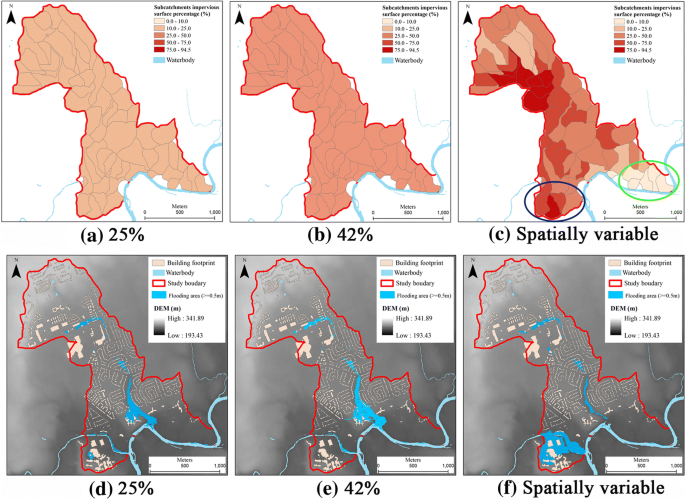

Groundwater dependent ecosystems such as wetlands have experienced negative impacts and degradation from urbanization, resulting in the inability to perform their full range of functions and services within the landscape ( Krause et al. Many existing strategies do not sufficiently address the impacts of urbanization on wetlands human activities and conventional stormwater management are altering the natural regimes of these systems with undesirable ecological responses (e.g. In Southern Ontario, they are being negatively impacted by urban development, which increases surface runoff volumes and alters surface and groundwater drainage patterns ( Davidson 2014 Snell 1987). Wetlands are sensitive ecosystems under significant pressure from land use changes and land and water management practices. The discussion will address the value of a model which can both adequately represent the development and the wetland by incorporating infiltration–runoff effects, evapotranspiration changes, LID practices, groundwater regimes, and dynamic feedbacks between the wetland water level and the system. The study will identify areas where increased data collection could improve the model parameterization. Methods, calibration targets, and challenges encountered when defining groundwater interactions and stage-storage relationships will be highlighted. Continuous monitoring data was used for calibration and validation of the models. The objective of this study was to explore options for incorporating and defining wetlands in PCSWMM, select groundwater interaction parameters, and optimize the process for creating a calibrated catchment–wetland model using known seasonal wetland water levels. Knowledge gained from wetland water balance analysis informed the development of PCSWMM models. A wetland water balance study has been conducted to develop reference hydrologic regimes for two wetlands in Pickering, Ontario.

Hydrologic analysis is important to demonstrating that a development will not have negative impacts on wetlands. Wetlands in Southern Ontario are experiencing degradation from urban development.


 0 kommentar(er)
0 kommentar(er)
